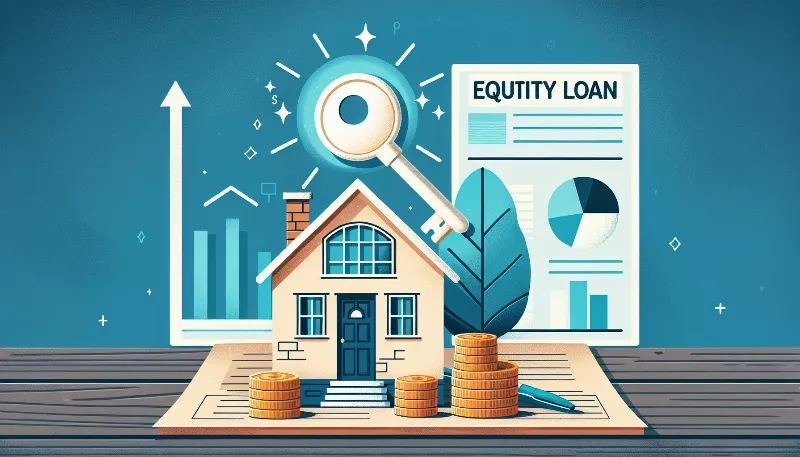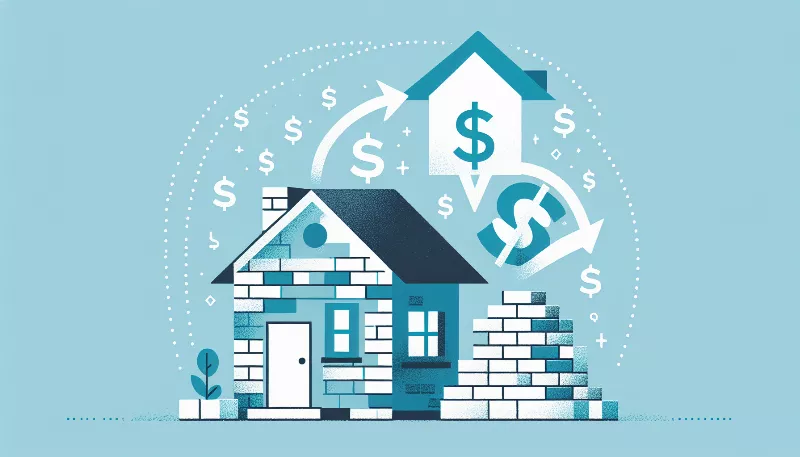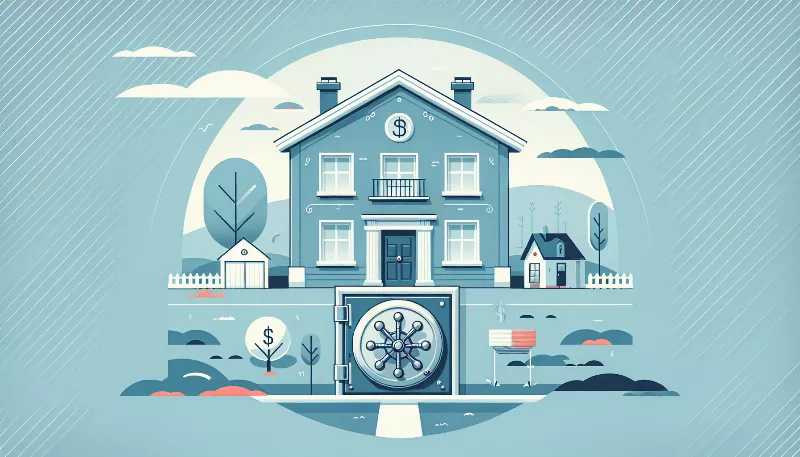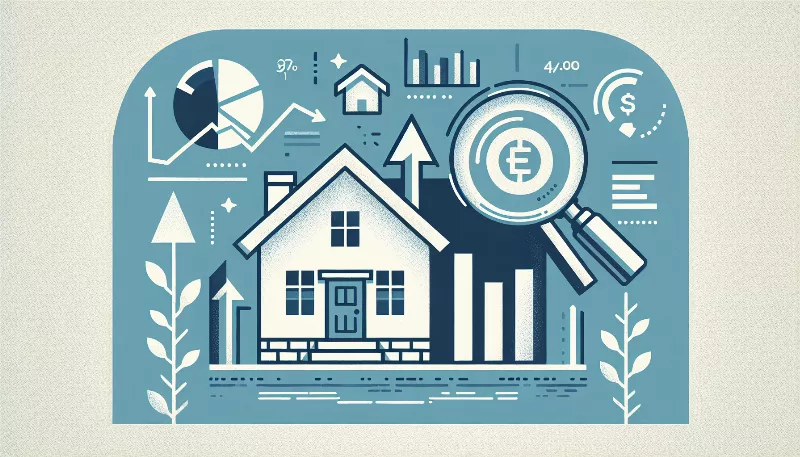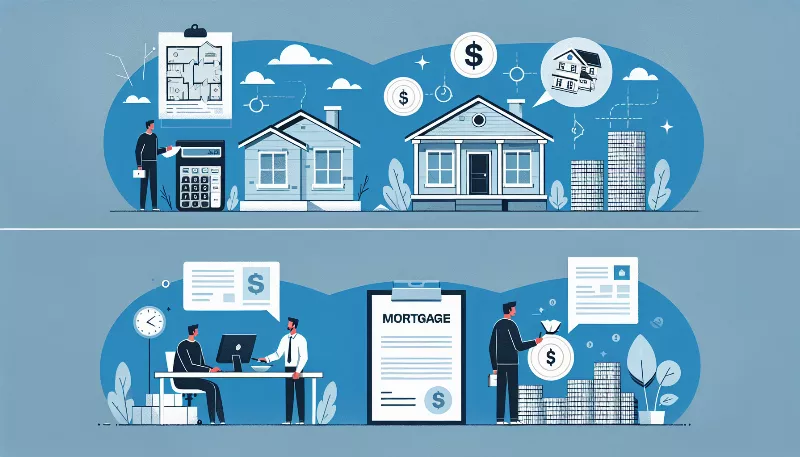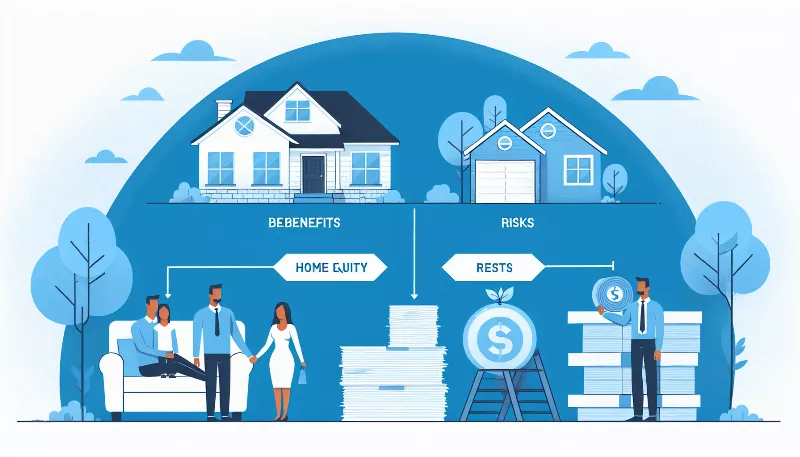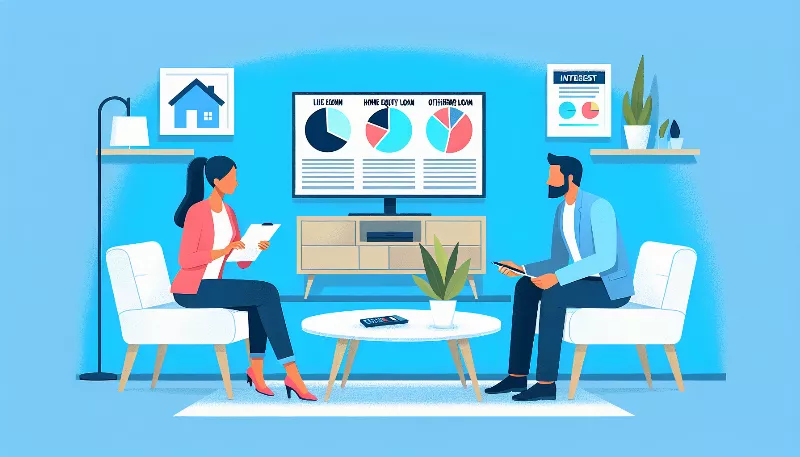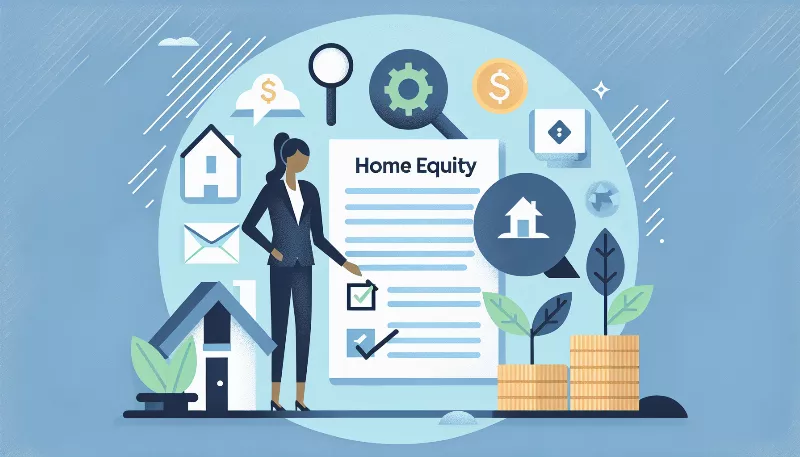How does a home equity loan differ from a home equity line of credit (HELOC)?
Unlock the secrets of home equity loans vs. HELOCs. Learn the differences in payouts, interest rates, and repayment to make informed decisions.
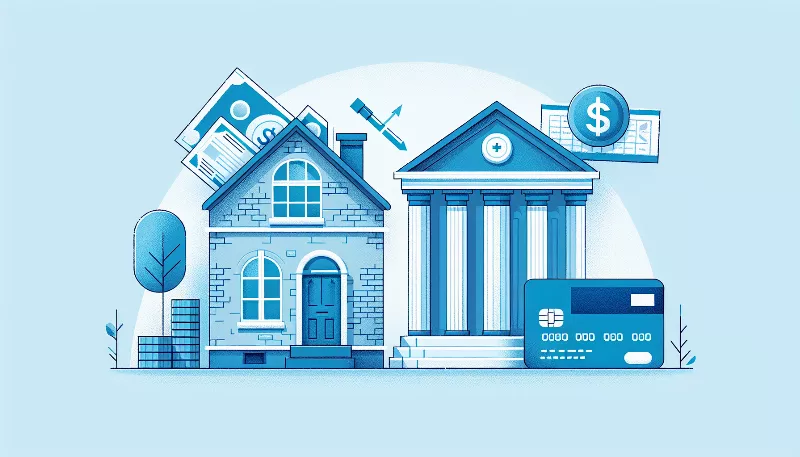
Unlocking the Value of Your Home: Equity Loans vs. Lines of Credit
Are you considering tapping into your home's equity to fund a renovation, consolidate debt, or cover a major expense? If so, you're likely exploring a home equity loan or a home equity line of credit (HELOC). While both options can be fantastic financial tools, they come with distinct features that cater to different needs. Let's dive into the exciting world of home equity and discover how these two products differ!
Home Equity Loan: The Lump-Sum Solution
A home equity loan is often likened to a second mortgage. It allows you to borrow a fixed amount of money, secured by the equity in your home, which is the difference between your home's value and the outstanding balance of your primary mortgage. Here's the thrilling part: you receive the funds as a lump sum! This can be incredibly useful for covering significant, one-time expenses such as a dream wedding, a major home improvement project, or even consolidating high-interest debts.
What sets a home equity loan apart is its predictability. You'll have a fixed interest rate, which means your monthly payments remain constant over the life of the loan. This stability is perfect for budget-conscious homeowners who crave the security of knowing exactly what their payments will be each month, without any surprises.
HELOC: The Flexible Financial Friend
On the other hand, a HELOC operates more like a credit card secured by your home. It offers a revolving line of credit, giving you the flexibility to borrow what you need, when you need it, up to a certain limit. This can be particularly exhilarating for ongoing projects or expenses where you may not know the total cost upfront, such as a series of home renovations or funding educational pursuits over several years.
The HELOC comes with an adjustable interest rate, which means your payments can fluctuate based on changing interest rates. However, during the 'draw period'?typically the first 5 to 10 years?you're only required to pay interest on the amount you've borrowed. Once the draw period ends, you'll enter the 'repayment period,' where you'll pay back the principal plus interest. This setup is ideal for those who are comfortable with a little uncertainty and want the freedom to access funds as needed.
Choosing the Right Path for Your Financial Journey
Deciding between a home equity loan and a HELOC depends on your specific financial situation and goals. Do you prefer the certainty of fixed payments and a one-time cash infusion? Then a home equity loan might be your ticket to financial fulfillment. Or do you value flexibility and the ability to draw funds over time? In that case, a HELOC could be your financial lifeline.
Regardless of which option you choose, remember that both are secured by your home. This means that if you fail to make payments, you could risk losing your home to foreclosure. Therefore, it's crucial to consider your ability to repay the loan before making a decision.
Embrace the opportunity to make your home's equity work for you! Whether you opt for the structured approach of a home equity loan or the adaptable nature of a HELOC, you're taking a proactive step towards achieving your financial dreams. Just be sure to consult with a financial advisor to help guide you through the process and ensure you're making the best choice for your unique circumstances.
